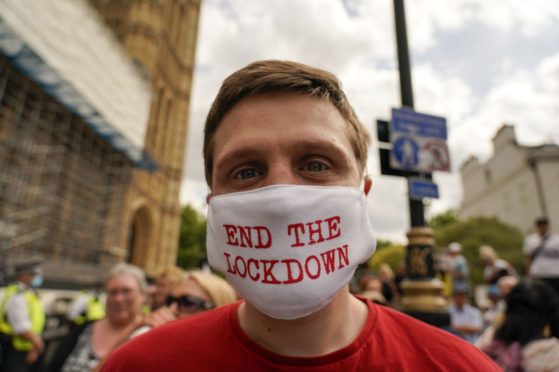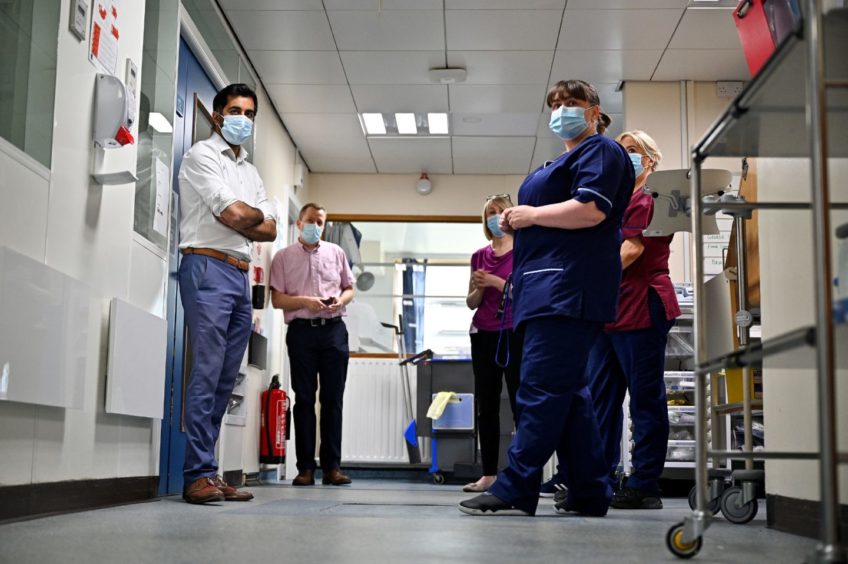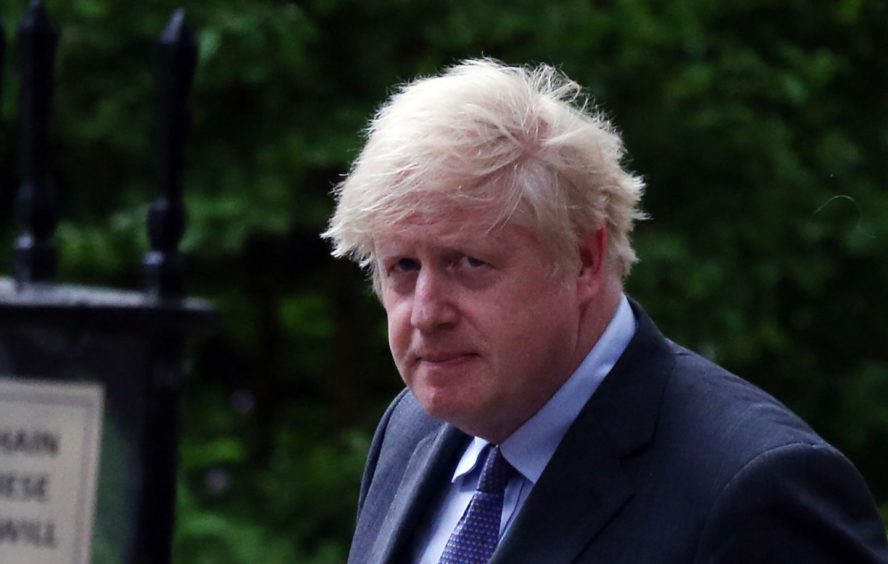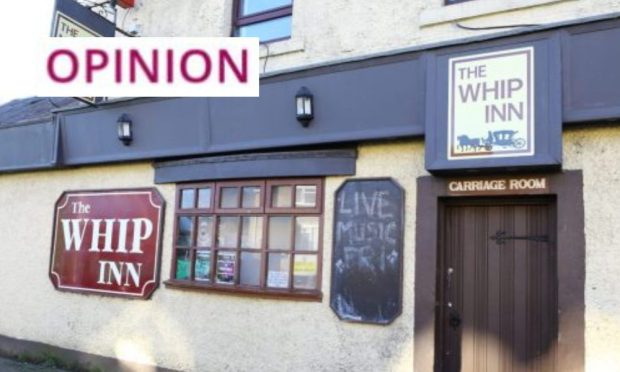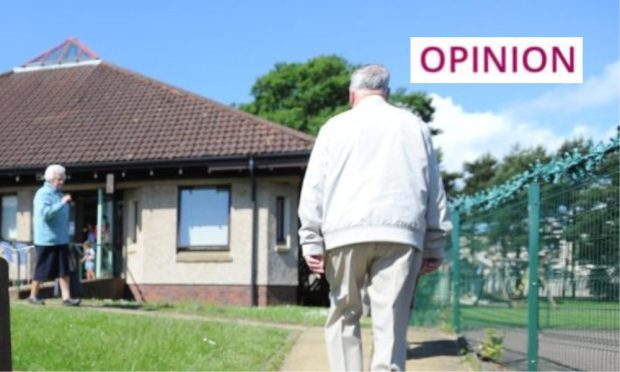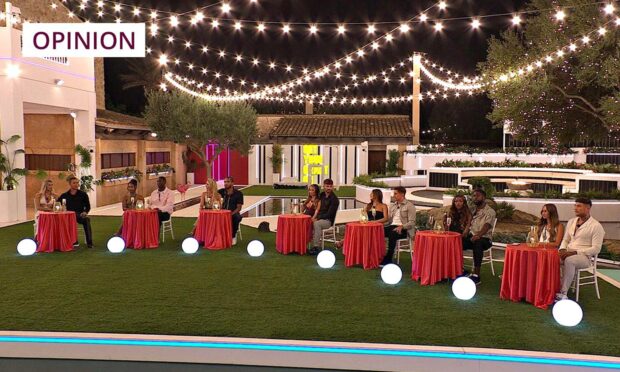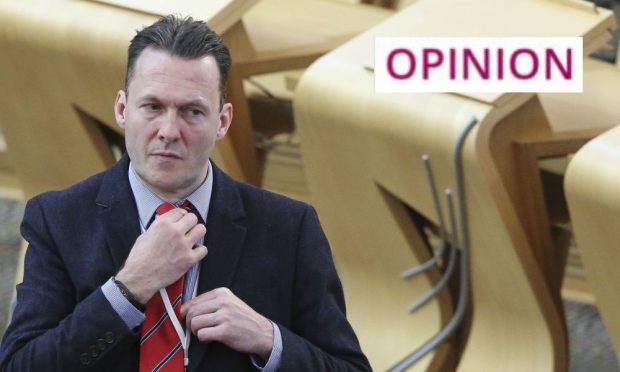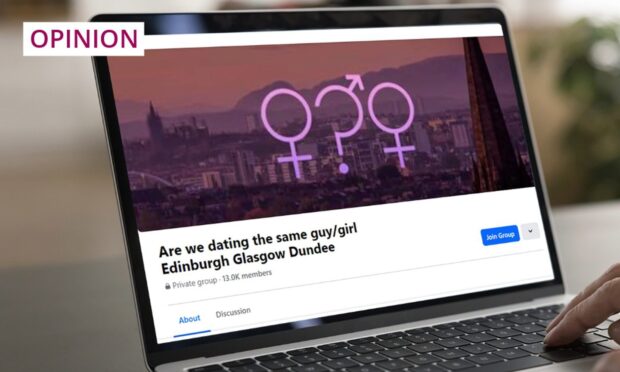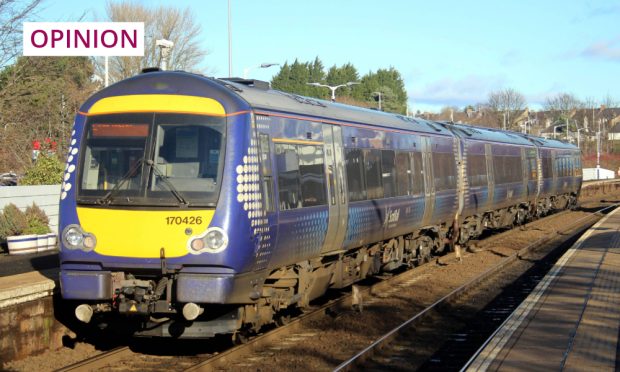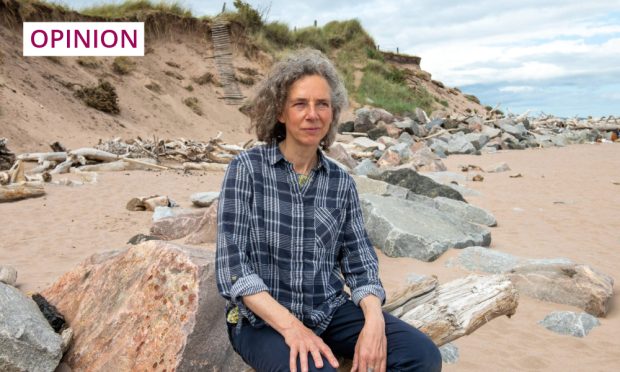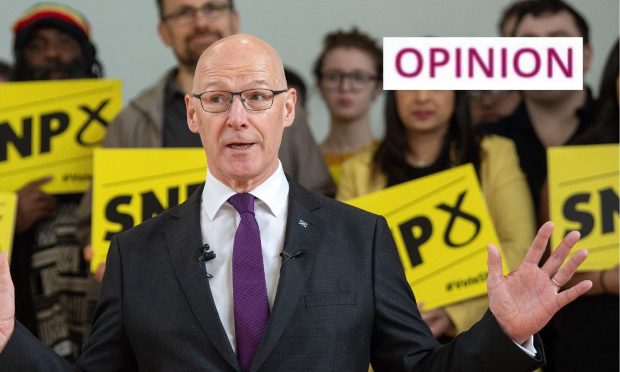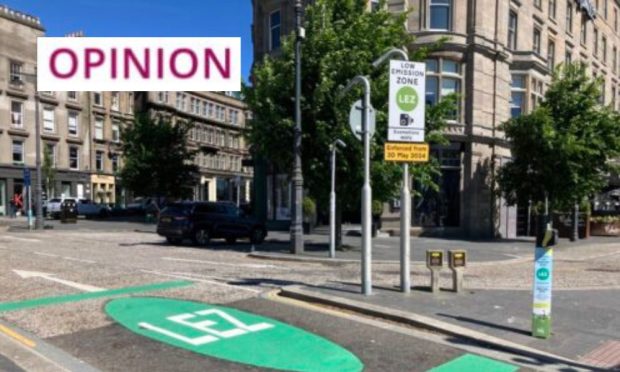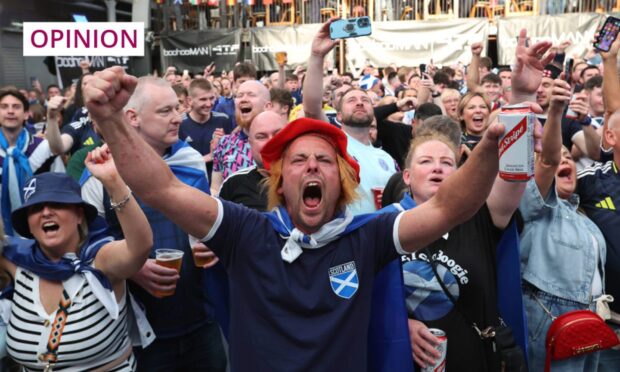Did anyone really believe we would be set free on June 21, as the Prime Minister promised a few weeks ago?
Listening to him on Monday night as he put back, as expected, the easing of all remaining coronavirus restrictions for another month there was a chilling feeling that this will never end.
We have to learn to live with the virus eventually, he said. But almost without taking breath he caveated this by raising the spectre of future variants.
We are now living with greater curbs than last summer, when there were no vaccines. And the outlook is worse in Scotland, where the government has been even more cautious and even more eager to extend, for as long as possible, its control over our lives.
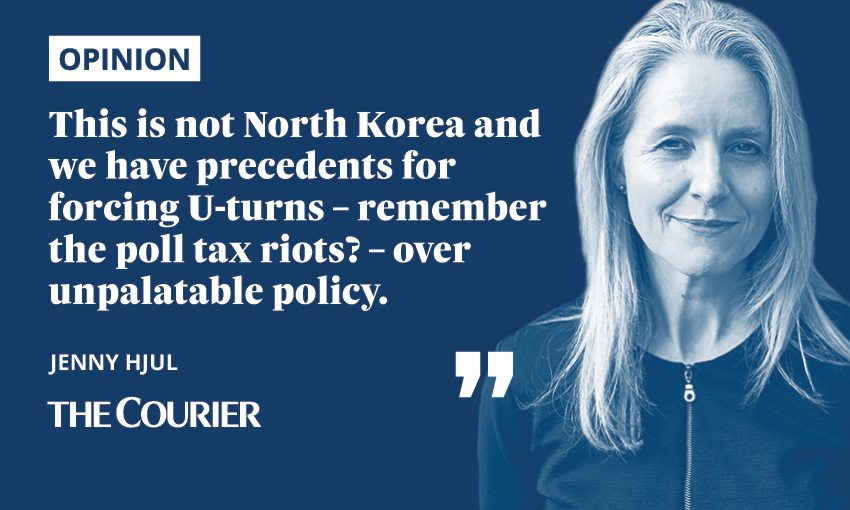
On Monday, Scotland’s national clinical director, Jason Leitch, made the ominous prediction that Scots would not be released from Covid measures until September.
The Indian, or delta, strain had set back progress eight to ten weeks, he said, and the ‘game had changed’.
And yet despite a rise in positive tests – still referred to misleadingly as ‘cases’ – admissions to hospital remain low, and older, more vulnerable people are protected by vaccination. Among the young, who are now the most affected, Covid is like the seasonal cold.
The link between infection and severe illness and death has been broken, as predicted, and the more transmissible strain is not proving to be resistant to vaccines.
Even in areas where ‘cases’ have risen sharpest, such as Dundee, there is no surge in hospitalisations or undue pressure on the NHS. Many more patients are being treated for and succumbing to heart disease and cancer.
The argument has been made convincingly by some of the best medical brains in Britain for downgrading Covid to a perennial respiratory disease like flu, now we have a successful inoculation programme.
Professor Sir Andrew Pollard, head of the Oxford Vaccine Group, said yesterday we are ‘in a good place’ with vaccination protection, which has kept the vast majority out of hospital.
But the voices of reason are banging their heads against the brick wall of government panic and seem to have lost the tussle with public health alarmists.
People have been frightened by propaganda campaigns to scare them into compliance
Boris Johnson said it was sensible to wait longer until more people were vaccinated, a sentiment echoed by Scottish ministers.
He also said the delay would save thousands of lives but that statement is based on modelling, which predicts worse case scenarios and has proven to be grossly inaccurate throughout the pandemic.
According to government polling, there is public backing for the continuation of Covid restraints. This can be explained partly because people have been frightened by propaganda campaigns to scare them into compliance.
There is also an element of acquiescence among those whose lives are not much altered whether the Covid status quo is maintained or whether there is a return to total normality.
If either of these sentiments – fear or complacency – persist, we are headed into dangerous territory, a population that accepts being repressed, on vanishingly thin grounds, or one that only cares about the impact on its own, individual circumstances.
In Dundee, as the Courier reported, 1,000 pupils and staff were self-isolating on Monday. Yet children do not get ill from Covid and there is little evidence that schools play a role in spreading the disease.
Far more damaging to schoolchildren is the never-ending disruption to their education, especially if they are from disadvantaged families and unlikely to benefit from home schooling.
Do those who welcome ‘just another month’ of restrictions ever stop to think what this means to the less fortunate, or of the collateral damage to small businesses and to the workforce whose jobs depend on society reopening?
Life must go on
On a more fundamental level, the day must come when government acknowledges that Covid is here to stay but, as with other health threats, life will go on.
Former prime minister Theresa May asked in the Commons last week if we were prepared to shut down every time a new variant appeared, never return to normal and never travel abroad again.
Britain, she said, was one of the most heavily vaccinated countries in the world, yet ‘one that is most reluctant to give its citizens the freedoms those vaccinations should support’.
Johnson won’t listen to May, and Sturgeon won’t heed anyone who dares challenge her autonomy. Does that mean we are stuck in groundhog day, pursuing the impossible target of zero Covid forever?
It doesn’t have to. This is not North Korea and we have precedents for forcing U-turns – remember the poll tax riots? – over unpalatable policy.
We have sacrificed too much for too long and we must reclaim our civil liberties, all of them.
We don’t necessarily have to take to the streets but we do need to rediscover our British backbone.
